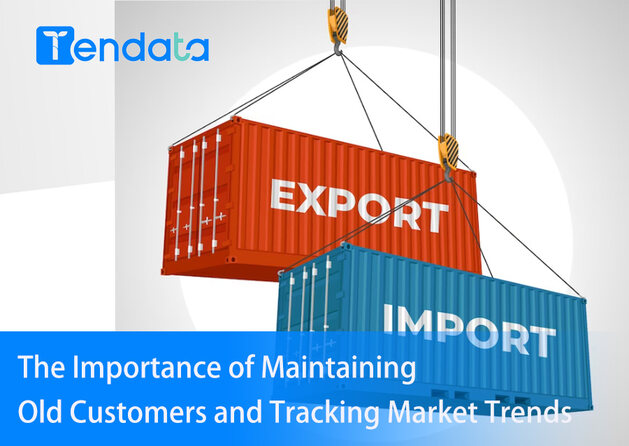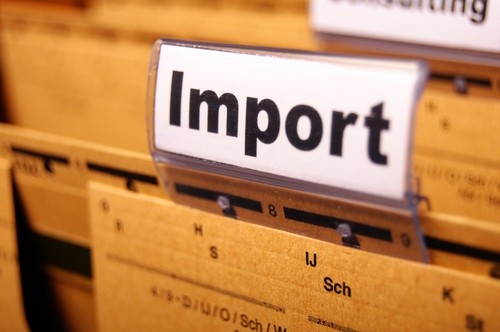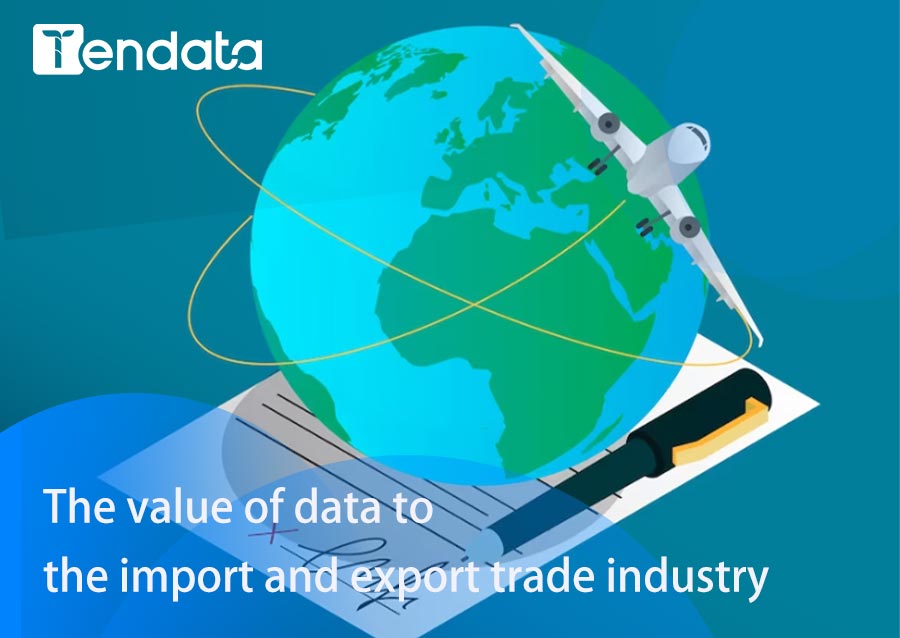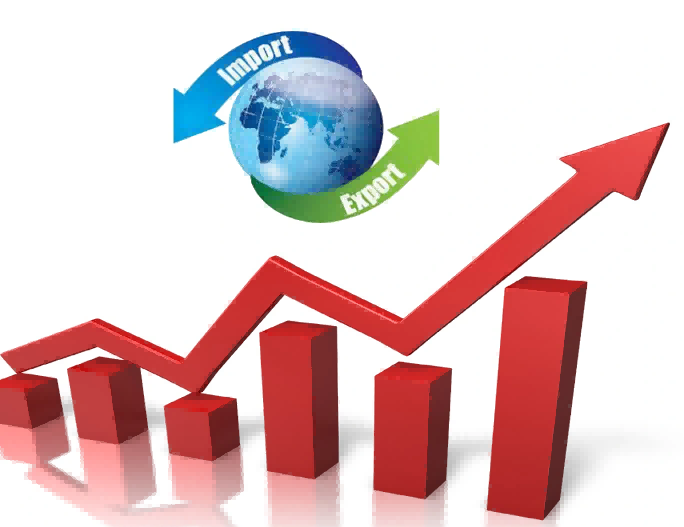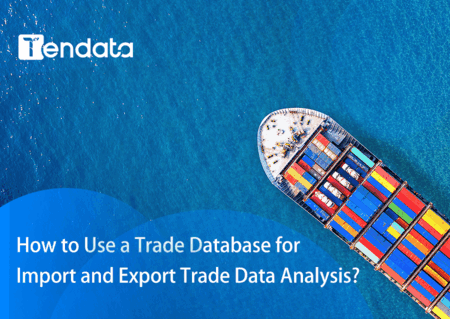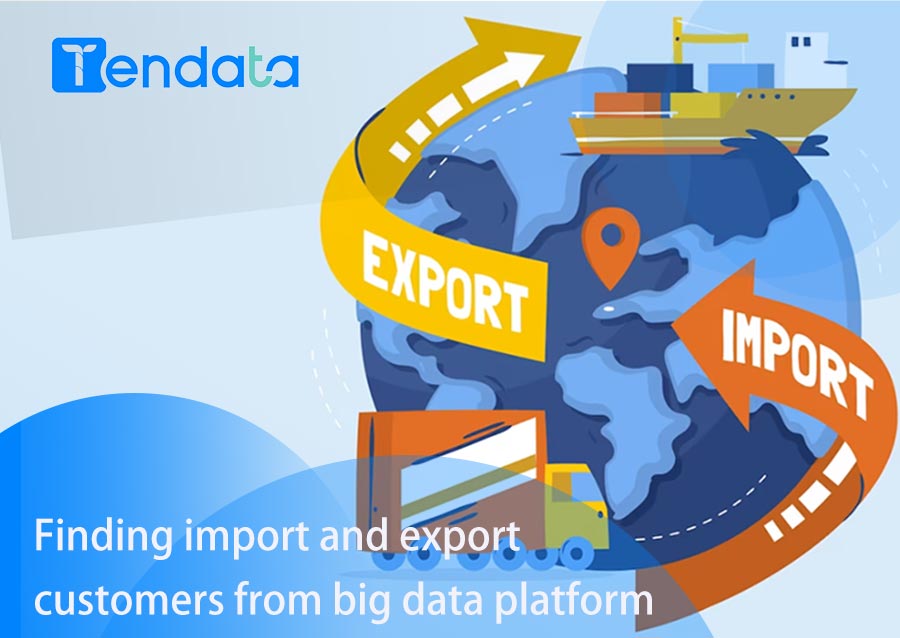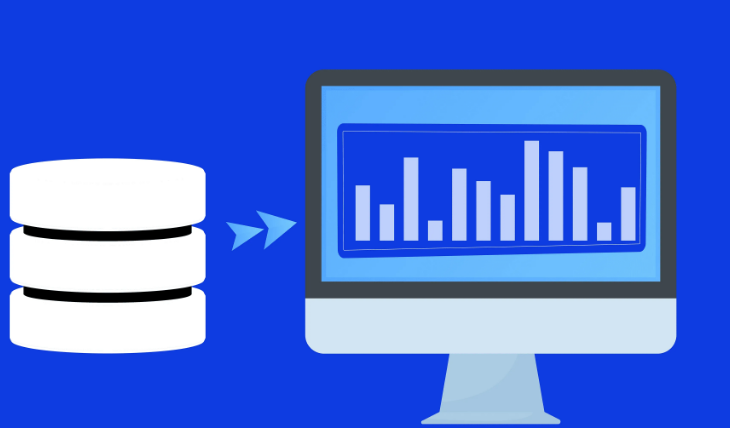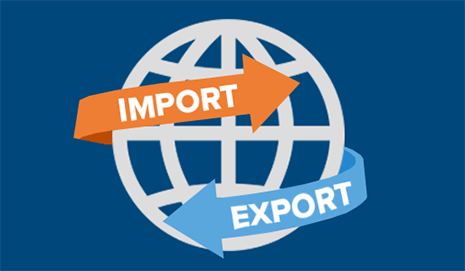 Market Insights
Market Insights
 2025-07-18
2025-07-18
The United States is one of the largest and most influential players in global trade. For businesses looking to expand, source suppliers, identify competitors, or find new buyers, the US import export database is a powerful resource. It provides real-time access to what's entering and leaving US ports — offering valuable insights into product trends, market demand, pricing, and global trade dynamics.
In this article, we'll explore how to use the US import export database effectively to perform market analysis and make data-driven decisions.

What Is the US Import Export Database?
The US import export database contains detailed records of shipments to and from the United States. These records are sourced from US Customs and Border Protection, shipping manifests, bills of lading, and trade i ntelligence platforms like Tendata.
Typical information includes:
·Importer/exporter company names
·Product descriptions and HS codes
·Shipping volume and value (USD)
·Country of origin/destination
·Port of entry or exit
·Shipping line, container type, and quantity
·Transaction frequency
This structured data allows businesses to track trade flows, spot new opportunities, and evaluate competitors.
How to Use the US Import Export Database for Market Analysis
1. Analyze Market Demand
Use import data to evaluate demand for a specific product in the US.
Example: If you sell electric bicycles, search by HS code or product name. The database will show:
·Which companies are importing e-bikes
·From which countries
·The volume and value of imports
·Seasonal fluctuations
This helps you understand demand cycles, top suppliers, and pricing trends — essential for setting strategy.
2. Identify Key Importers or Exporters
The database lets you identify top buyers or sellers for your product category.
·Importers: These are potential B2B customers for international exporters.
·Exporters: These may be your competitors or potential partners.
You can sort by trade volume, frequency, or region to pinpoint who is most active in your niche.
>>Get A Free Demo through Tendata<<

3. Track Competitor Activity
By searching for your competitors' names, you can monitor:
·What they are importing or exporting
·Who they are trading with
·How often they trade
·Changes in volume or product range over time
This competitive intelligence can reveal expansion strategies, pricing changes, or new market entries.
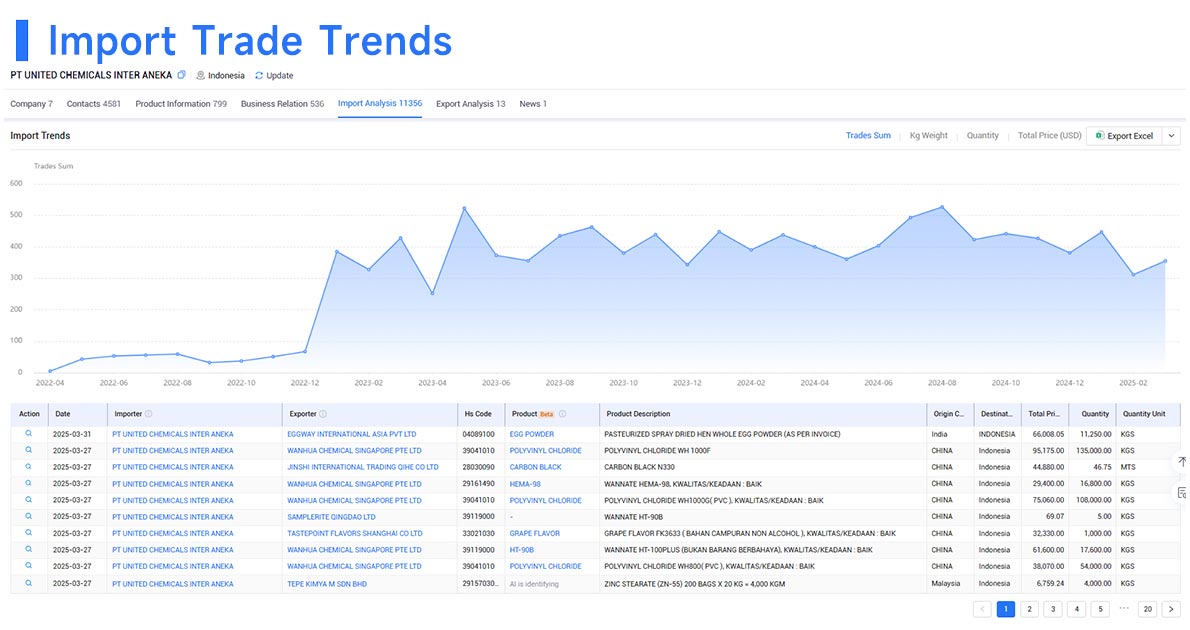
4. Evaluate Country Performance
Analyze which countries are leading exporters or importers for specific goods.
Example: If you're sourcing apparel, use the database to compare shipments from China, Vietnam, and Bangladesh in terms of: Volume, Value, Growth over time
This helps you make informed sourcing or partnership decisions.
5. Discover Untapped Markets
Use export data to see where US products are being sent. If you're a US manufacturer, this tells you:
·Where similar products are in demand
·Which countries import high volumes of your product category
·What export prices are being accepted
These insights help you prioritize new markets for expansion.
Practical Tools and Platforms
To analyze the US import export database effectively, use platforms that offer:
·Advanced search filters (HS code, product, port, country, company name)
·Data visualization tools (charts, graphs, trends)
·Exportable Excel reports
·AI lead recommendations
Popular platforms include:
·Tendata – Trade data analytics with over 100+ analytical models
·ImportGenius – Searchable shipping records
·Panjiva (S&P Global) – Comprehensive company trade profiles
·Datamyne – US and Latin America trade intelligence
Strategic Use Cases
·Product pricing: Analyze unit prices and adjust your pricing strategy.
·Customer profiling: Build lead lists based on companies that consistently import or export.
·Market entry: Assess which markets show growth potential for your products.
·Supply chain optimization: Identify reliable suppliers based on historical shipping performance.
Conclusion
The US import export database is more than just a directory of shipments — it's a window into global trade behavior. When used strategically, it can help businesses:
·Understand market demand
·Outperform competitors
·Expand internationally
·Reduce risk in sourcing and sales
Whether you're an exporter looking for buyers, an importer seeking competitive suppliers, or an analyst performing deep market research, trade data empowers you with the facts you need to win.
Category
Leave Message for Demo Request or Questions


 T-info
T-info T-discovery
T-discovery

 My
Tendata
My
Tendata Market Analysis
Market Analysis Customer
Development
Customer
Development Competitor
Monitoring
Competitor
Monitoring Customer Relationship
Customer Relationship
















